In the endless battle for supermarket loyalty, there can only be one winner. Or at least, there was – until recently.
Tesco first introduced its ground-breaking Clubcard Prices scheme in 2019, taking the bold step of offering hundreds of exclusive discounts to Clubcard members on selected products both in-store and online. It was a bold move in a loyalty landscape built largely on collecting points to get money off.
The gamble paid off. Clubcard Prices has been a huge success, boosting customer loyalty and engagement while also allowing Tesco to collect huge swathes of valuable data on customer shopping habits and preferences.
With Tesco leading the way on consumer loyalty, it was only a matter of time before other supermarkets faced with inflationary pressures and stiff competition jumped on the ‘member prices’ bandwagon.
Sainsbury’s, Morrisons and The Co-op are now all limiting access to price promotions to shoppers who have joined their loyalty scheme, with Sainsbury’s in particular pushing its Nectar prices promotion “further and faster” than before.
What will this mean for the future of the UK grocery loyalty programme – and if this is the ‘new normal’, how can retailers make sure they stand out from the competition?
Subscribe to Grocery Gazette for free
Sign up here to get the latest grocery and food news each morning
Tesco Clubcard Prices: a success story
Nearly 21 million Brits currently use a Tesco Clubcard, following its switch to a digital platform over the past year, with Clubcard members accounting for 80% of the supermarket’s sales.
Earlier this month Tesco CEO Ken Murphy told investors that the Clubcard Prices scheme has been a “huge success” with “fantastic results” – both in terms of customers loving the offers and the increase in both users and transactions.
“Through the combination of an ever more digital Clubcard, a world-class integrated app for all our customers’ needs and our unique reach and scale, we have built a powerful digital platform that puts us in prime position to take advantage of the exciting media monetisation and personalisation opportunities available to us,” he said.
Murphy also believes the personalisation of a rewards incentive that gives shoppers “relevant offers when they want them” is key to Tesco’s digital success.
“We can really react to customers fast with it being a digital platform now,” he added. “I’m excited about the future of Clubcard prices and what it can do for customers.
“Loyalty cards have always been popular with consumers, with Tesco’s Clubcard arguably paving the way for the entire supermarket sector,” said CEO and founder of ConsultMyApp, Mike Rhodes, revealing that the number of people searching for the Tesco Clubcard app increased by 815% over the last 12 months.
“This sudden increase demonstrates that loyalty apps are hugely valuable for consumers navigating cost of living difficulties,” he added.
“It also demonstrates how popular apps are becoming over physical cards; a trend we’re witnessing across the entire retail sector.”
Loyalty = more money
If it is true that imitation is the sincerest form of flattery then Tesco must be delighted with Sainsbury’s new loyalty initiative, Nectar Prices.
Launched earlier this month to compete with Tesco’s Clubcard scheme, loyalty scheme members at the UK’s second largest retailer’s customers will now receive discounts on hundreds of items, including households brands such as Cadbury, Kellogg’s and Heinz, as well as a host of own-brand items.
“Loyal customers make brands more money. They buy bigger, buy more frequently and become brand advocates”, says Ritchie Mehta, chief executive officer for the School of Marketing.
“Sainsbury’s recognises the merits of evolving their Nectar Prices this way and likely sees it as a fair value exchange for our times,” he continues.
Customers can see the bargain deals available to Nectar card shoppers and “want in on the action” Mehta said.
“It encourages instant sign-up to the programme, which in turn, Sainsbury’s benefits from a higher purchase frequency from the customer and, of course, gets their shopper data.”
“Lower prices on select items in exchange for stickier customers and a greater understanding of customer preferences. It is quite a no-brainer. It is not a case of copying Tesco; it’s a case of understanding the core insight from your customers and what they value and then giving it to them. That’s clever marketing.”
Co-op Membership and Morrisons More
The Co-op followed Tesco and Sainsbury’s in introducing cheaper prices exclusively for members of its loyalty programme, – named Co-op Membership – where it pledged to invest a further £15 million in May to keep prices as low as possible for customers. This brought the total amount invested into lower prices to over to £25 million in the last six months.
Morrisons also followed suit in offering loyalty scheme members discounted prices, with the relaunch of its Morrisons More card – which was scrapped May 2021 but has now returned.
Retail analyst and director of the Retail Mind, Ged Futter commented on the matter, saying: “Tesco, Sainsbury’s, Asda, Morrisons, Co-op all have something in common. All have decided that the way to attract, keep and grow their customer base by offering ‘exclusive’ offers to anyone who has one of their loyalty cards.
“How exclusive will they be now though, now that brands have access to all their customers and all their data. Will offers be differentiated, will one retailers ‘member only’ offers be any more attractive than another’s? The simple answer is ‘no’, they will just be wallpaper.”
Data gathering
Having committed customers also means that loyalty programmes provide a valuable data opportunity for retailers.
“They allow supermarkets to link purchases with customers, which in turn enables more relevant and personalised offers,” CEO for the School of Marketing, Ritchie Mehta said.
“In addition, it allows supermarkets to judge what other products a customer may wish to purchase, increasing the size of their trolleys.
“In a competitive category, having an ounce more understanding about your customers than the next supermarket is a real game-changer. A loyalty programme enables this to happen,” he added.
The bottom line
In a category that operates on some of the tightest EBITDA margins, it becomes essential that supermarkets keep customers coming back, and Tesco’s model seems like the most effective way of doing this.
If this trend continues, this could mean the end of non-member or on-shelf price discounts as we know it. Despite loyalty schemes existing at just about every retailer these days, it looks like they are about to become even more ubiquitous.


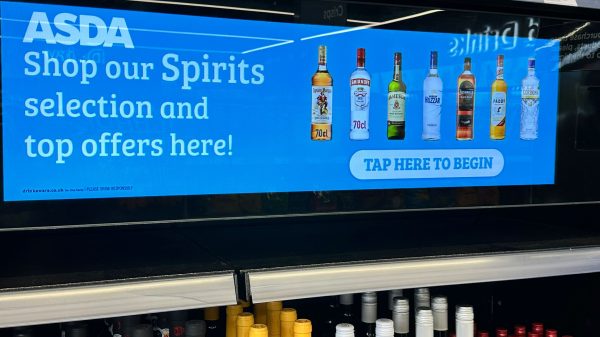

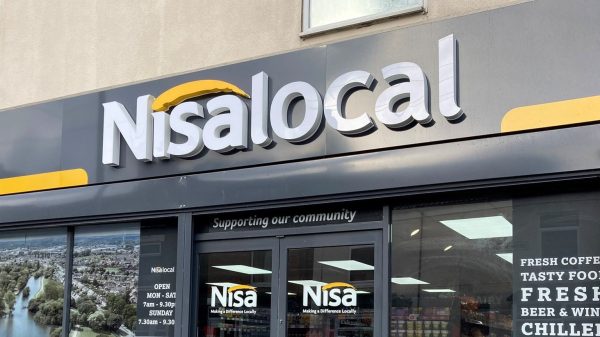

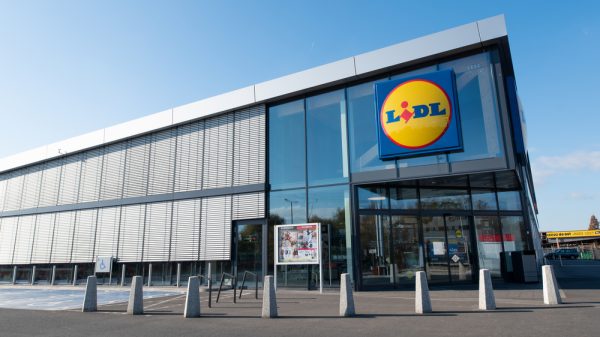
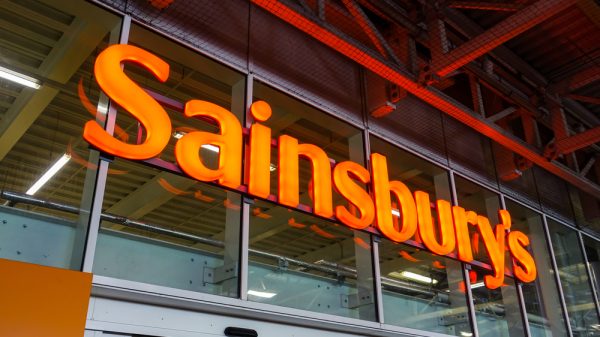
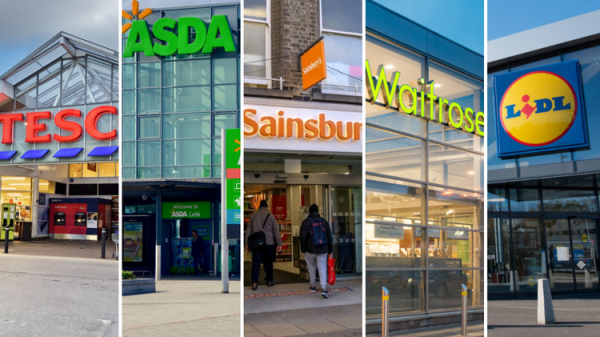

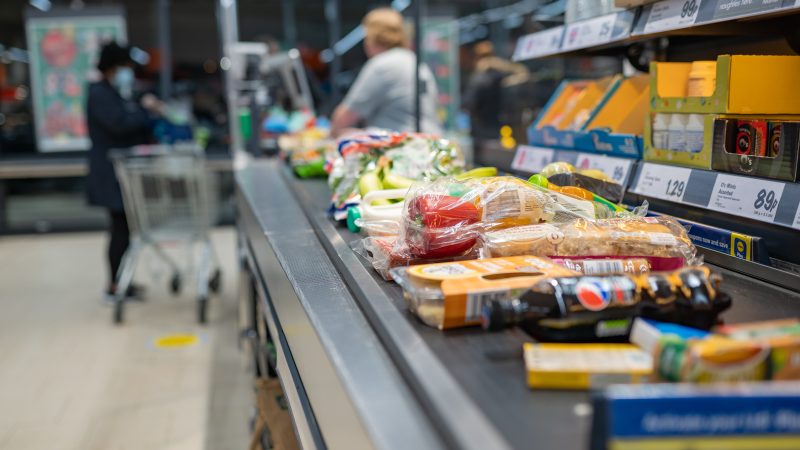
1 Comment. Leave new
Tesco club card prices are good